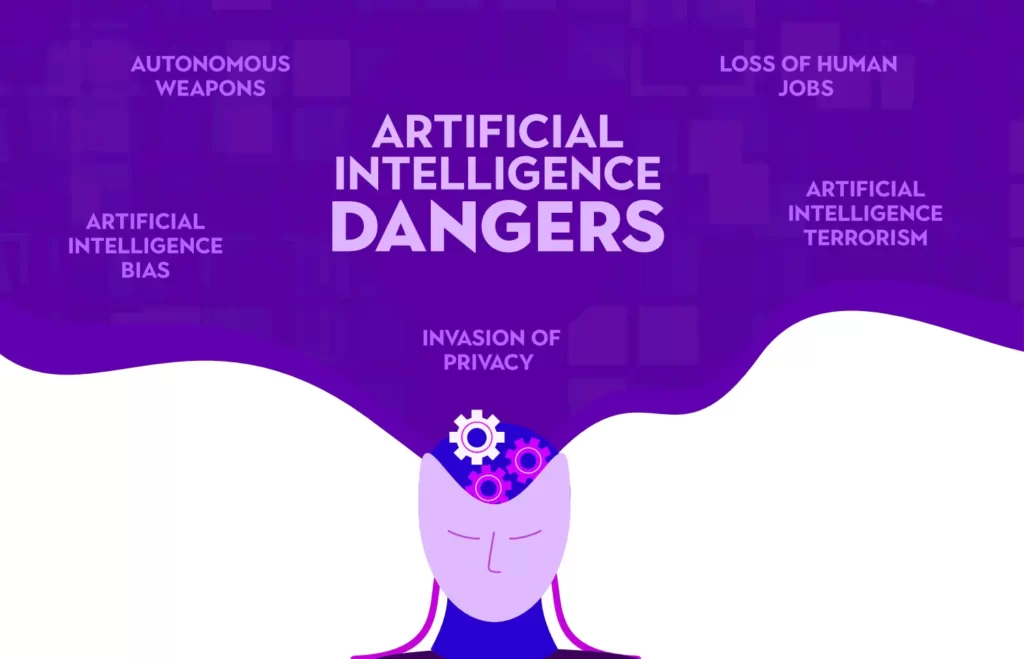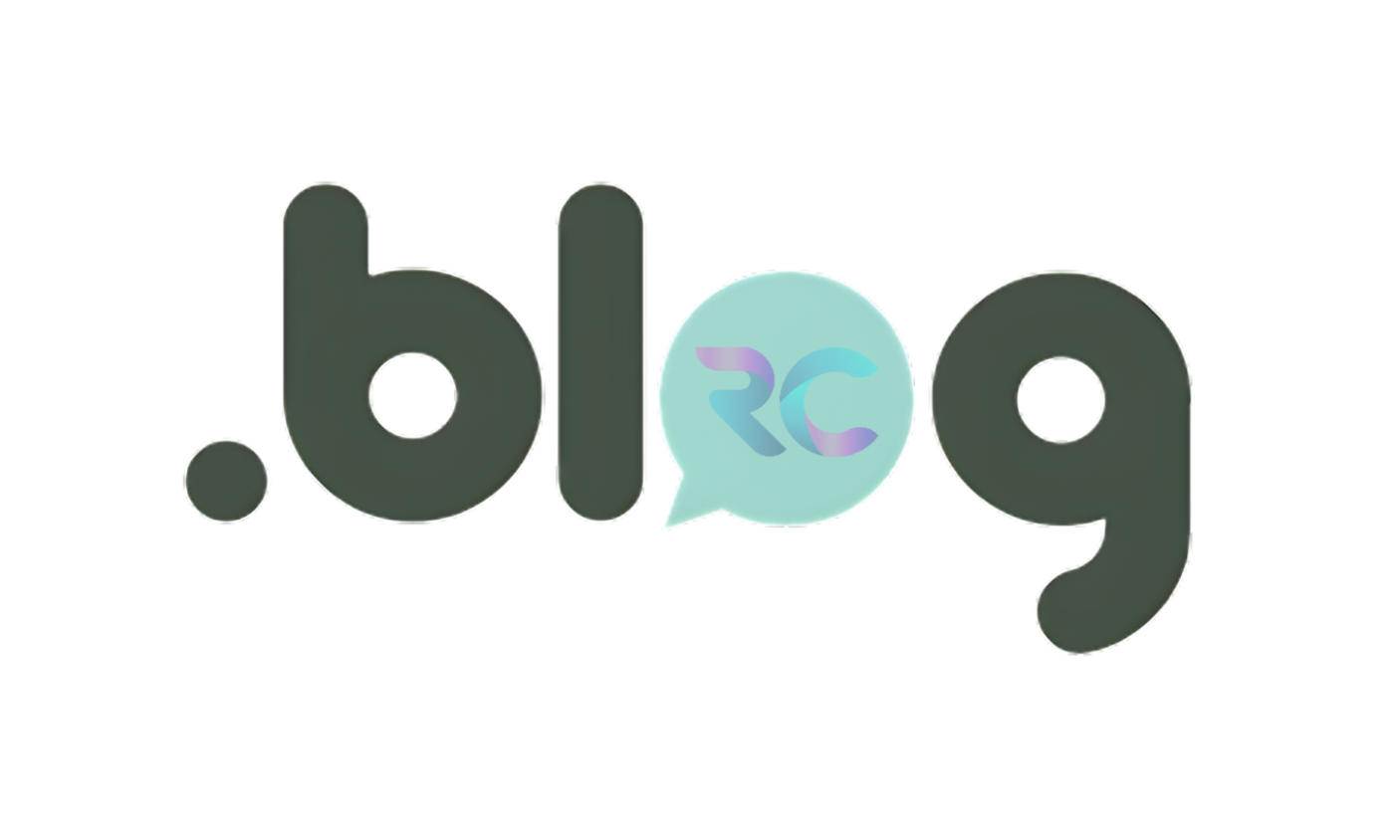
The Dangers and Risks of Artificial Intelligence
Artificial Intelligence (AI) has emerged as a transformative technology, revolutionizing various industries and aspects of daily life. Its applications range from healthcare and finance to transportation and entertainment. While AI promises numerous benefits, it is essential to acknowledge and address the dangers and risks associated with its rapid advancement. This article explores the key concerns related to artificial intelligence and their potential consequences.
I. Ethical Concerns
A. Bias and Discrimination
One of the most significant ethical concerns surrounding AI is its propensity to perpetuate and amplify bias. AI algorithms can inherit biases present in the data they are trained on, leading to discriminatory outcomes in various applications. These biases can affect hiring decisions, lending practices, and even criminal justice, reinforcing existing inequalities and discrimination.
B. Privacy Violations
AI-powered surveillance and data analysis pose a considerable threat to personal privacy. With the increasing use of facial recognition technology and data mining, individuals’ private information can be exploited, leading to unauthorized surveillance and potential misuse of sensitive data.
C. Autonomous Weapons
The development of autonomous weapons systems, guided by AI, raises profound ethical questions. The potential for AI-controlled weapons to make lethal decisions without human intervention introduces concerns about accountability, escalation of conflicts, and the erosion of ethical boundaries in warfare.
II. Economic Risks
A. Job Displacement
The automation capabilities of AI have the potential to displace numerous jobs across various industries. While it may create new job opportunities, the transition can be disruptive, particularly for low-skilled workers. Income inequality and unemployment may increase as AI systems replace human labor.
B. Economic Inequality
AI can further exacerbate economic inequality if not properly regulated. Access to AI technologies and benefits is not equal across different populations, which may lead to a digital divide. Corporations and countries that control and monopolize AI can enjoy significant economic advantages over others.
C. Market Manipulation
The use of AI in financial markets can lead to unpredictable market dynamics and potentially severe economic crises. High-frequency trading algorithms and AI-driven speculation can cause rapid market fluctuations and disrupt stability. AI-driven misinformation campaigns can also manipulate stock prices and affect investor confidence.
III. Security and Safety Risks
A. Cybersecurity Threats
AI is a double-edged sword when it comes to cybersecurity. While it can be used to enhance defense mechanisms, it can also be exploited by malicious actors to develop more sophisticated cyberattacks. AI can identify vulnerabilities and execute attacks more efficiently, posing a significant threat to individuals, organizations, and governments.
B. Autonomous Vehicles
AI is a critical component of autonomous vehicles, but it introduces risks related to safety. Self-driving cars and drones, for example, may experience technical failures or make incorrect decisions that could lead to accidents and harm to human lives.
C. Unintended Consequences
As AI systems become increasingly complex and autonomous, the potential for unintended consequences grows. Systems that make decisions based on machine learning may exhibit behaviors that were not explicitly programmed, raising questions about how to ensure predictability and safety in AI applications.
IV. Existential Risks
A. Superintelligent AI
The idea of creating superintelligent AI, surpassing human intelligence, is both exciting and frightening. Ensuring that such systems remain aligned with human values and do not pose a threat to humanity is a profound challenge. Misaligned or rogue superintelligent AI could have catastrophic consequences, as depicted in scenarios like the “paperclip maximizer.”
B. Lack of Control
As AI systems become more advanced, maintaining control over them becomes increasingly challenging. Systems with the ability to self-improve may evolve beyond human understanding and control, leading to unpredictable outcomes and potential harm to humanity.
V. Legal and Regulatory Challenges
A. Legal Responsibility
Determining legal responsibility in cases involving AI is a complex issue. When AI systems make decisions that result in harm, it is unclear who should be held accountable, whether it is the developers, operators, or the AI itself. Legal frameworks must evolve to address these challenges.
B. Regulatory Gaps
The rapid development of AI often outpaces the creation of appropriate regulations. This regulatory lag allows potentially harmful AI applications to go unchecked, risking unintended consequences and misuse. Striking the right balance between innovation and regulation is a significant challenge.
VI. Conclusion
Artificial Intelligence holds immense promise, but it also carries inherent dangers and risks that must be acknowledged and addressed. As we continue to integrate AI into our lives, it is essential to develop responsible AI ethics, enact robust regulations, and foster a global understanding of the potential consequences. Balancing innovation and safety is key to harnessing the power of AI for the betterment of humanity while mitigating its potential harms.


